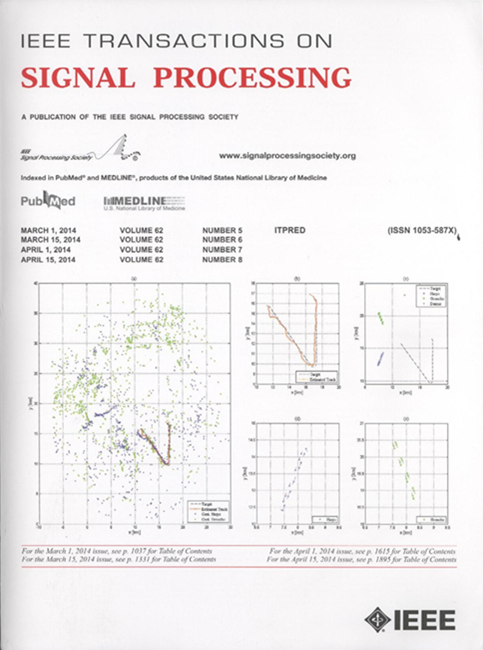空中自适应联邦学习
IF 5.8
2区 工程技术
Q1 ENGINEERING, ELECTRICAL & ELECTRONIC
引用次数: 0
摘要
我们提出了自适应梯度方法的联邦版本,特别是AdaGrad和Adam,在空中模型训练的框架内。该方法利用无线信道固有的叠加特性,实现了快速、可扩展的参数聚合。同时,根据全局梯度更新动态调整步长,增强了模型训练过程的鲁棒性。我们推导了广谱非凸损失函数的训练算法的收敛速度,包括信道衰落的影响,以及遵循重尾分布的干扰。我们的分析表明,基于adagrad的算法以$\mathcal{O}(\ln{(T)}/{T^{1-\frac{1}{\alpha}}})$的速率收敛到一个平稳点,其中$\alpha$表示电磁干扰的尾部指数。该结果表明,干扰分布的重尾程度对训练效率起着至关重要的作用,尾越重,算法收敛速度越慢。相比之下,类adam算法的收敛速度为$\mathcal{O}(1/T)$,显示了其在加快模型训练过程方面的优势。我们进行了广泛的实验,证实了我们的理论发现,并肯定了我们提出的联邦自适应梯度方法的实际功效。本文章由计算机程序翻译,如有差异,请以英文原文为准。
Adaptive Federated Learning Over the Air
We propose a federated version of adaptive gradient methods, particularly AdaGrad and Adam, within the framework of over-the-air model training. This approach capitalizes on the inherent superposition property of wireless channels, facilitating fast and scalable parameter aggregation. Meanwhile, it enhances the robustness of the model training process by dynamically adjusting the stepsize in accordance with the global gradient update. We derive the convergence rate of the training algorithms for a broad spectrum of nonconvex loss functions, encompassing the effects of channel fading, and interference that follows a heavy-tailed distribution. Our analysis shows that the AdaGrad-based algorithm converges to a stationary point at the rate of $\mathcal{O}(\ln{(T)}/{T^{1-\frac{1}{\alpha}}})$ $\alpha$ $\mathcal{O}(1/T)$
求助全文
通过发布文献求助,成功后即可免费获取论文全文。
去求助
来源期刊

IEEE Transactions on Signal Processing
工程技术-工程:电子与电气
CiteScore
11.20
自引率
9.30%
发文量
310
审稿时长
3.0 months
期刊介绍:
The IEEE Transactions on Signal Processing covers novel theory, algorithms, performance analyses and applications of techniques for the processing, understanding, learning, retrieval, mining, and extraction of information from signals. The term “signal” includes, among others, audio, video, speech, image, communication, geophysical, sonar, radar, medical and musical signals. Examples of topics of interest include, but are not limited to, information processing and the theory and application of filtering, coding, transmitting, estimating, detecting, analyzing, recognizing, synthesizing, recording, and reproducing signals.
 求助内容:
求助内容: 应助结果提醒方式:
应助结果提醒方式:


